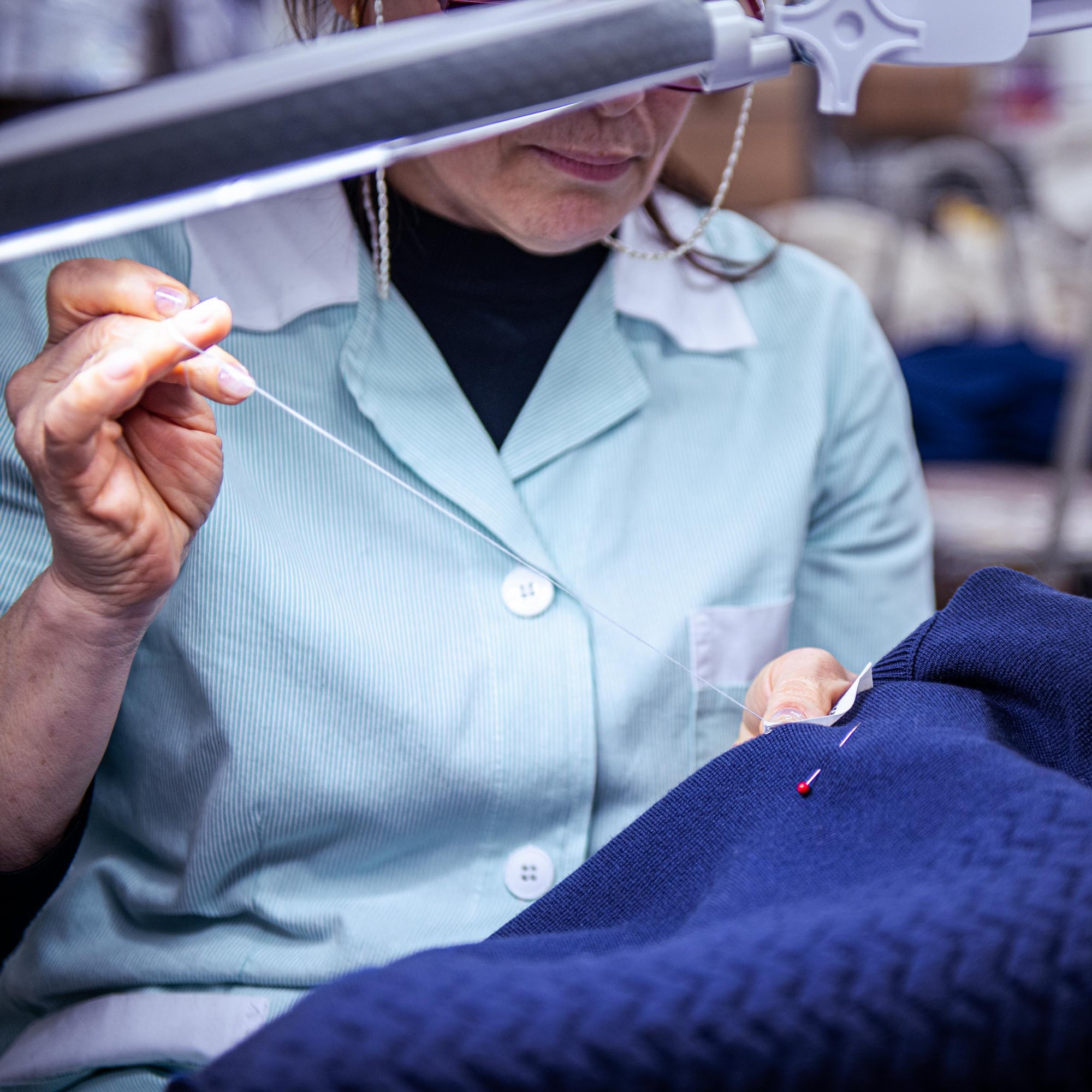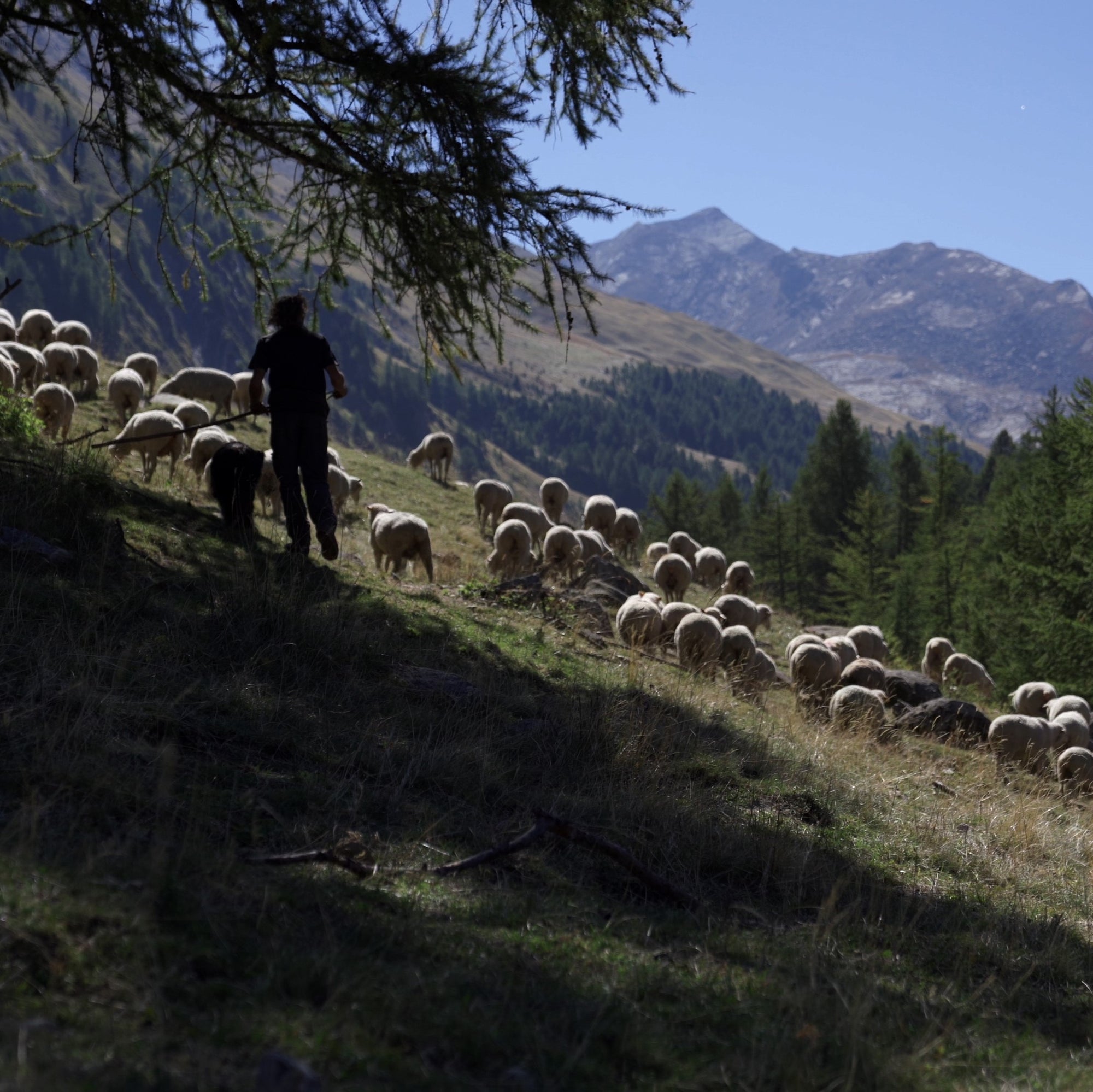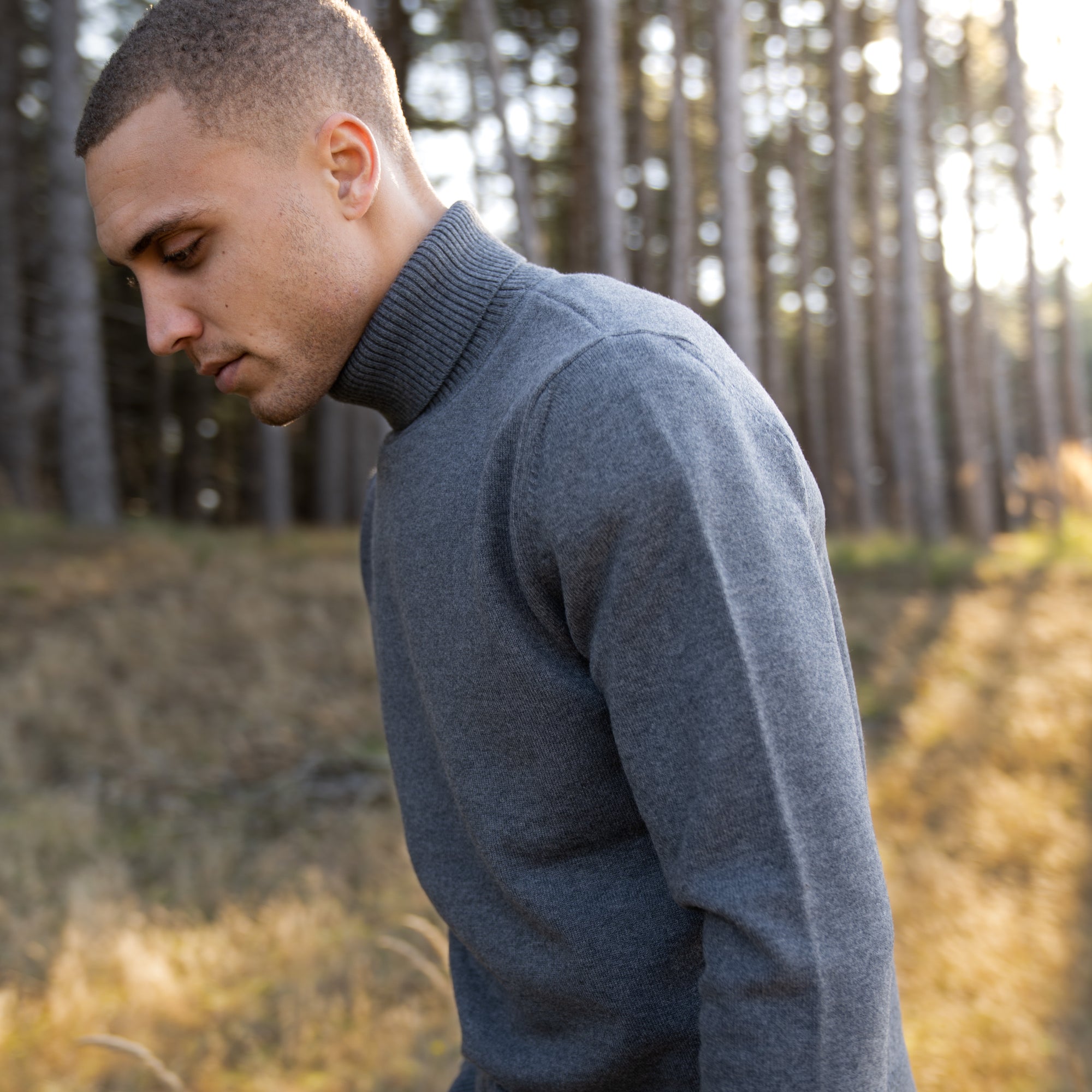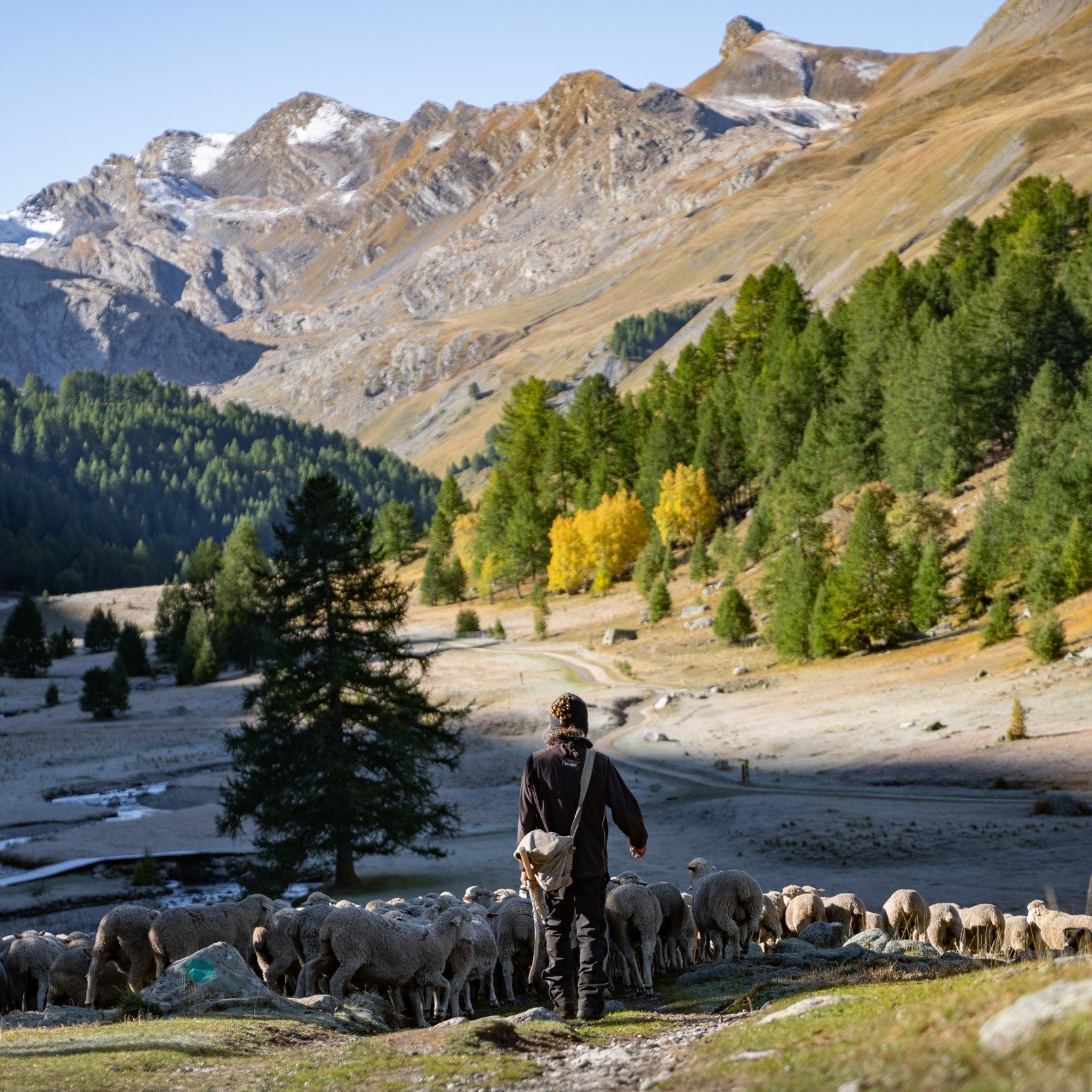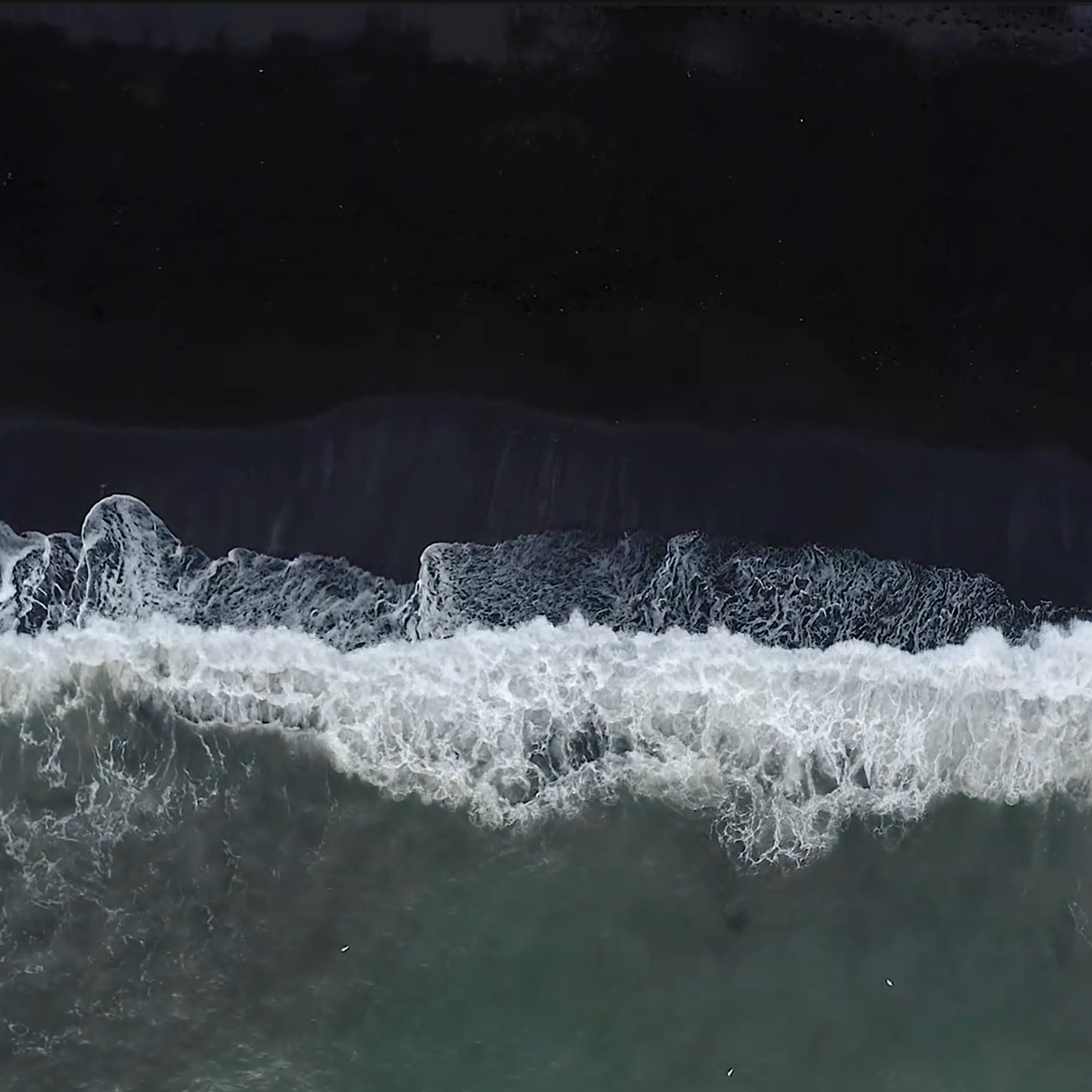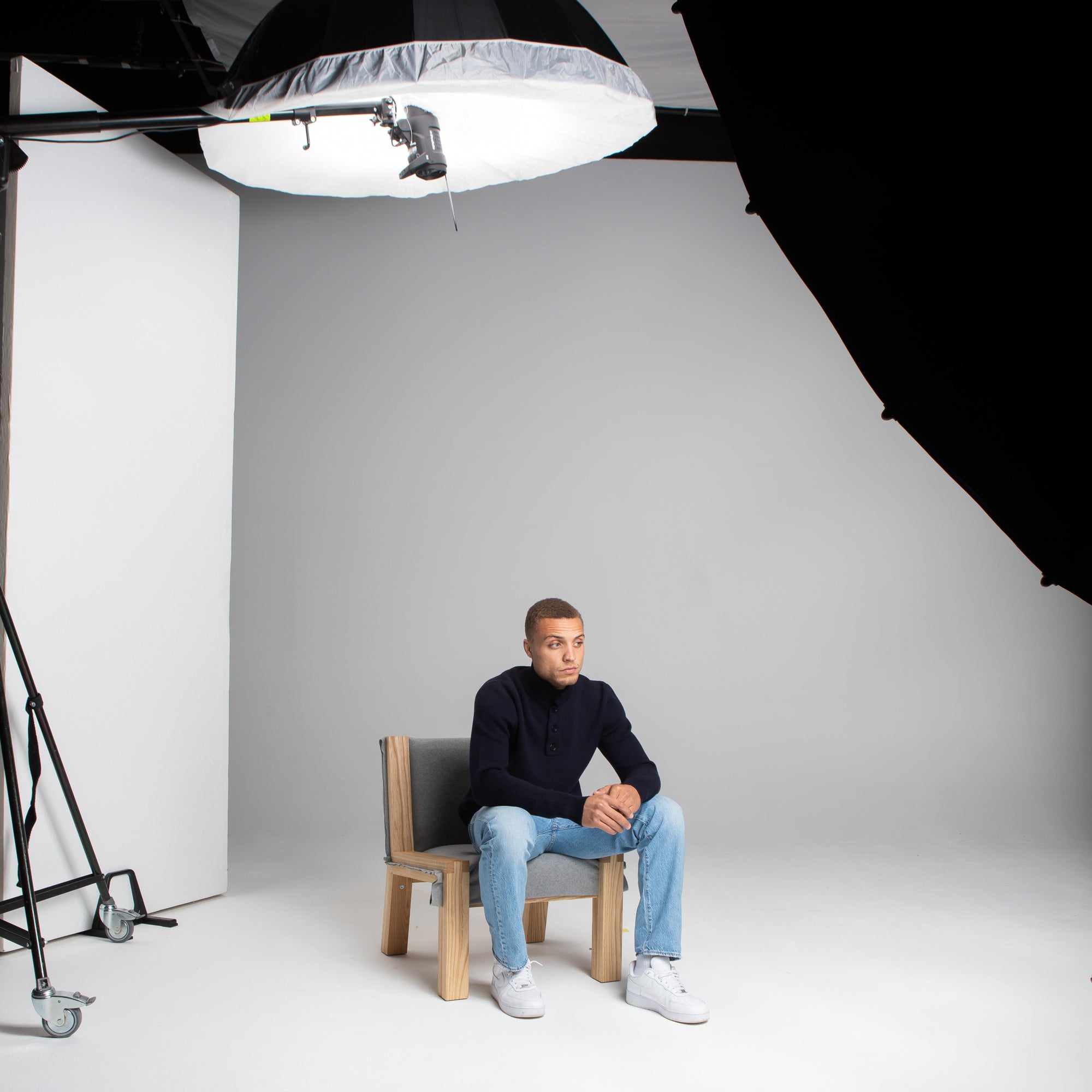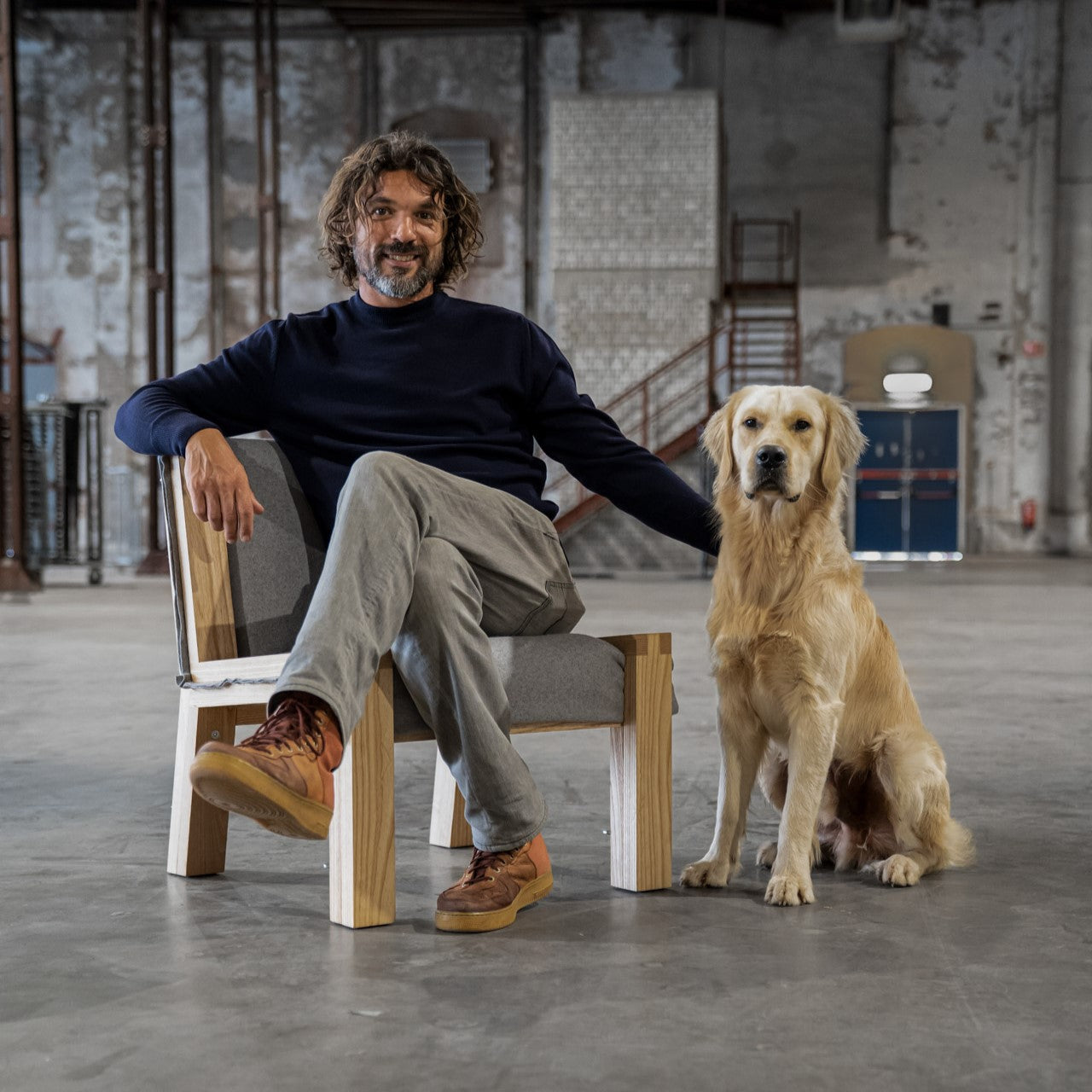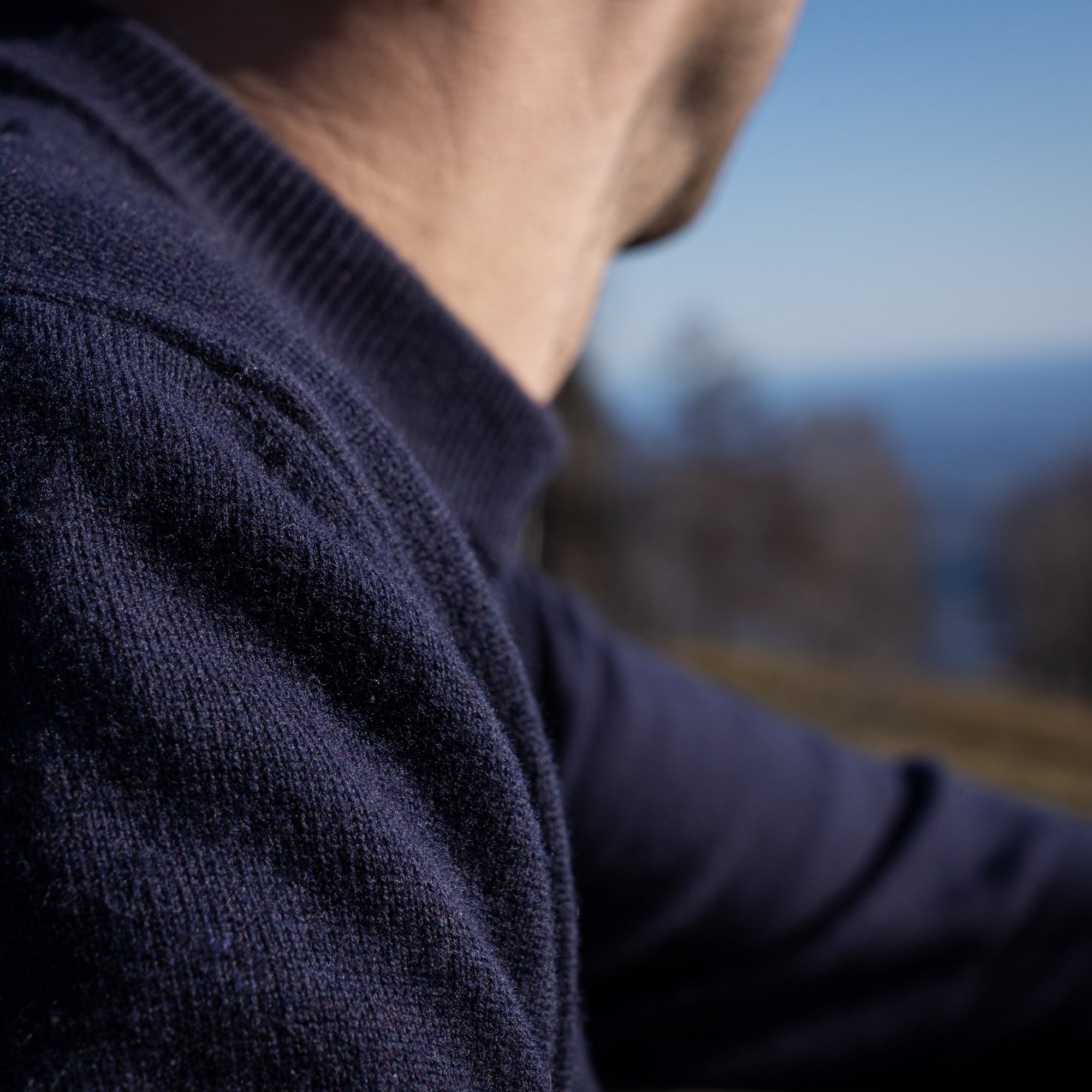UNBORN -X- MELLE KOOT
"We can heal this planet through design"
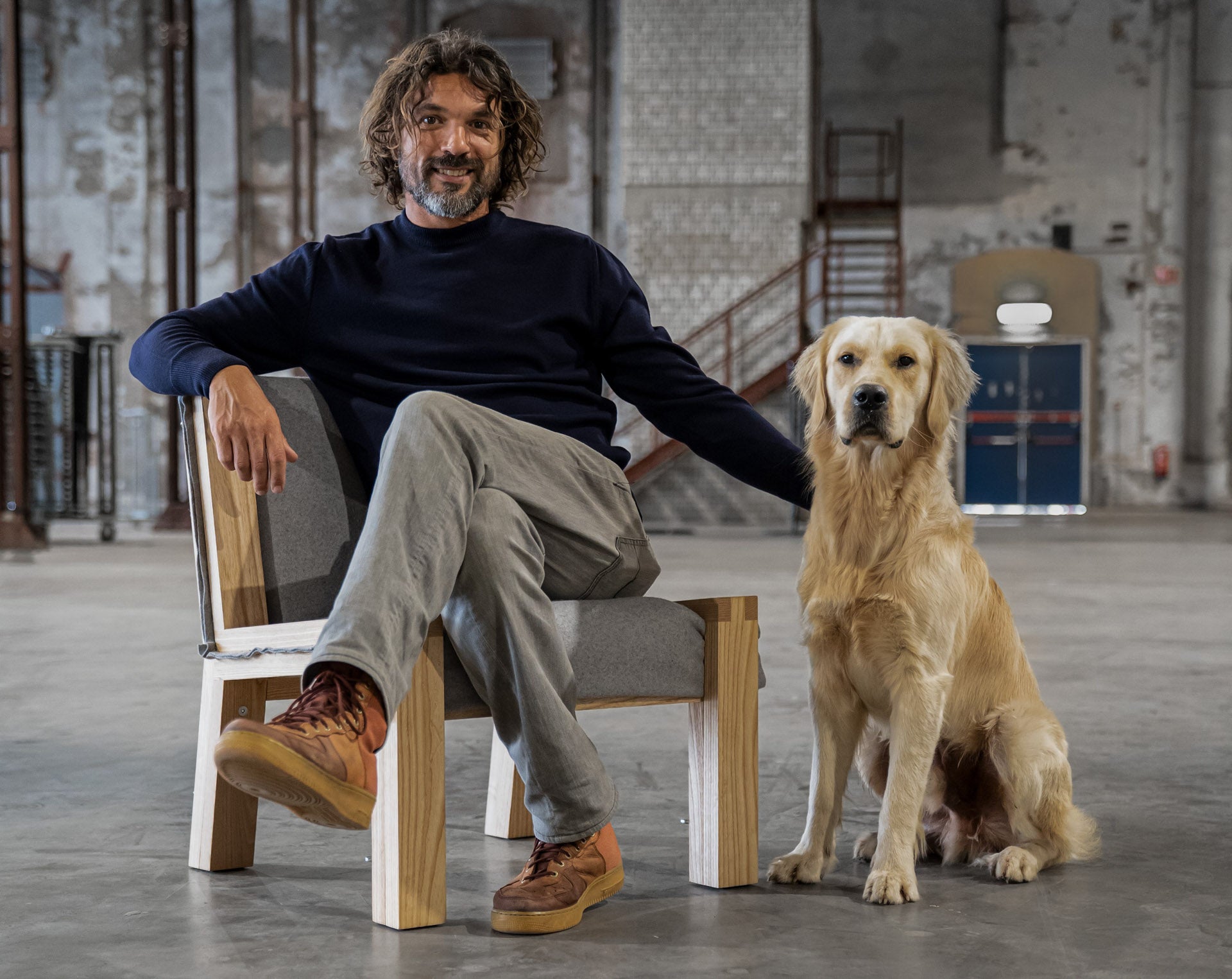
POSTED: November 26th 2021
You may have seen his chair 'The Herbarium' pass by in our posts or newsletters but now it is time to meet the person behind the chair. Melle Koot is a Dutch furniture and interior designer who is trained in design according to the Cradle 2 Cradle® methodology. His combination of a conceptual approach and an eye for sustainable processes leads to innovative designs, responsible raw materials and healthy production methods. In 2010 Melle Koot was chosen as the Most Sustainable entrepreneur of Groningen and has become a much sought-after designer.
We meet Melle at his workshop on the outskirts of Groningen, a city in the North of the Netherlands, at the Suikerterrein. The location of a former sugar factory that is now a vibrant area for entrepreneurs to experiment with sustainable products and innovative services. It is a nice day with a little overcast and we decide to go for a walk through a neighboring nature reserve.
I read that you went to maritime school in Groningen and that you started your career as a skipper on sailing ships. To an outsider, transitioning from sailing into interior and furniture design seems like a big leap? How did that journey go?
Well, when you work in shipping you have to deal with a lot of maintenance and within traditional sailing you have the choice to either work with wood or steel. I was typically someone who liked to work with wood and that is where I picked up the basics of woodworking. Come winter time the ship would dock for the off-season and to keep myself occupied I found work with a friend who had his own furniture workshop. It started off as something temporary but eventually evolved into an full-time apprenticeship and he taught me how to make furniture.
It's just a coincidence really. But in hindsight I don't think it was at all, some things are just a part of you. The natural need to do what you enjoy, what interests you. Funny enough, I recently found out that my great-grandfather was also a carpenter on the high seas so it must also be in the genes somewhere.
Was there a direct interest to create design furniture?
No not at all. In the beginning I just thought it would be fun, I didn't set a goal to become a carpenter or a designer for that matter. But it did feel like a liberation, that it was allowed to be there you know, to just explore new skills and new methods to create things. A space within this world where things come naturally, something I like and enjoy doing.
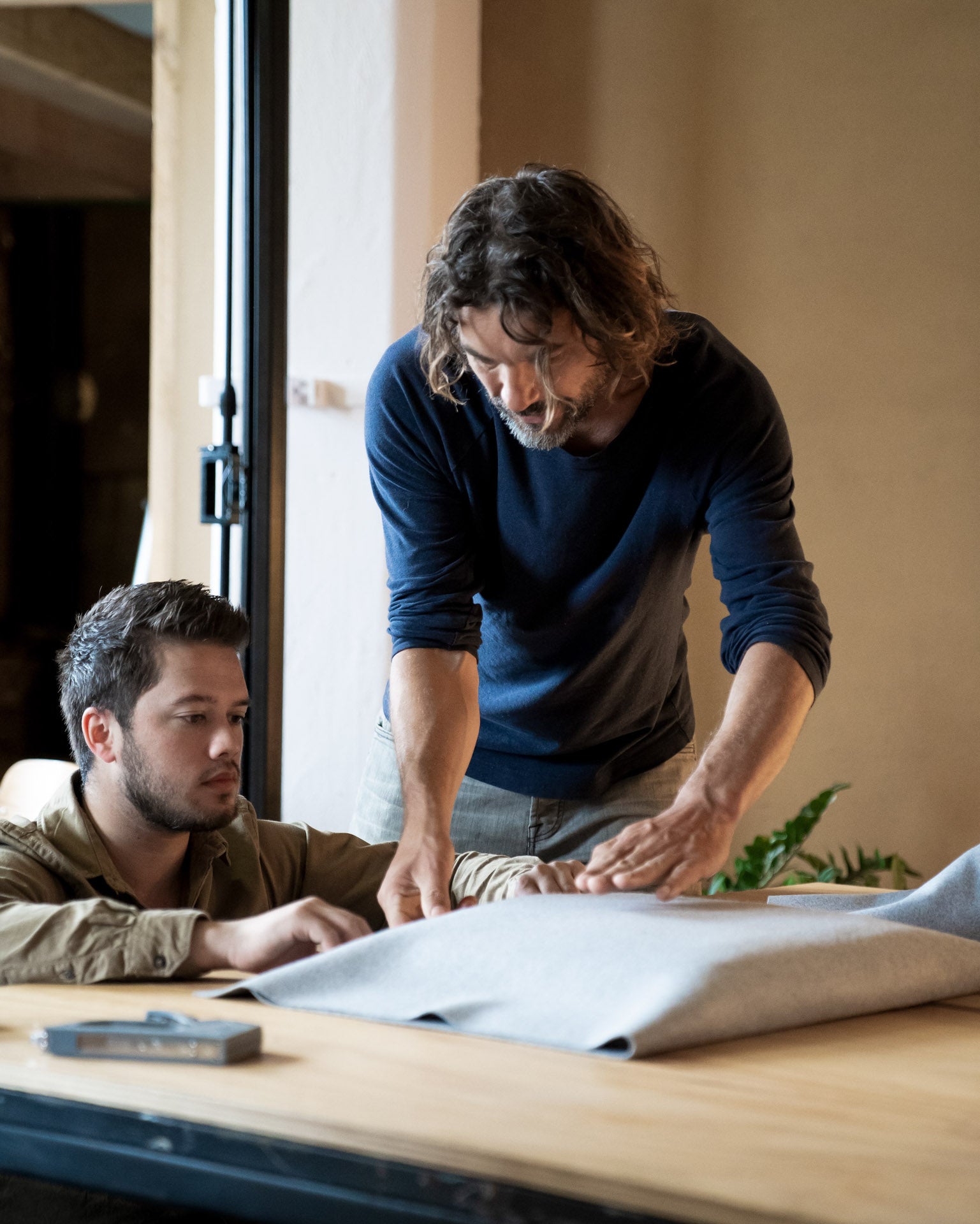
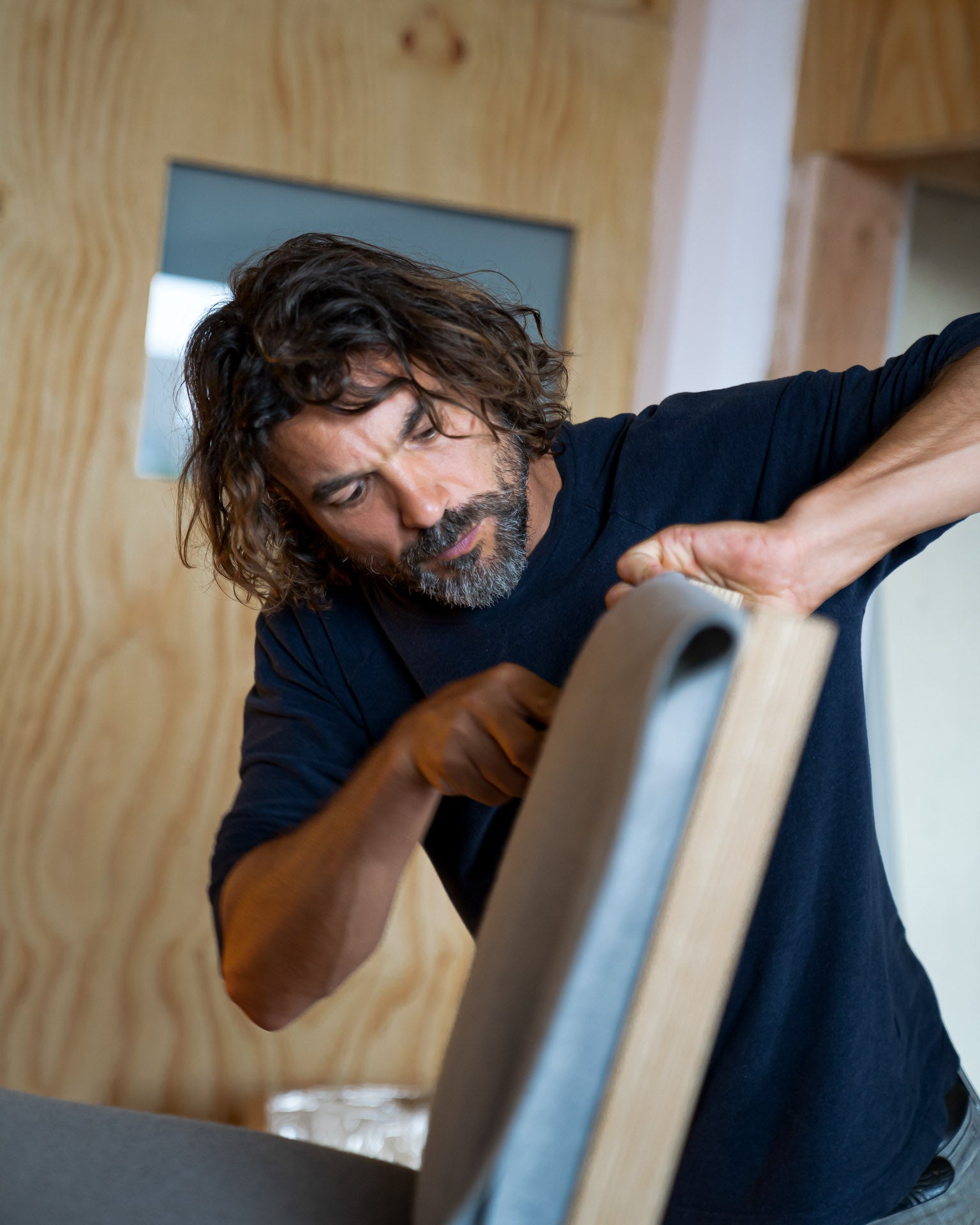
When did you finally make the switch?
My friend and mentor had created a beautiful workshop and when he passed away we felt that his workshop, that beautiful place he had created, had to live on. That was the moment when I decided to really go for it and continued his workshop.
But that workshop was really big and I had no customers so I had to do something. At first I just started making things, it became a space in which I gave myself a lot of time to explore. At the same time I started renting out workplaces to other furniture makers. This attracted all kinds of woodworkers, including some from the Art Academy. When they would work on projects I liked to just get involved which gave me a better understanding of how to create a concept and this is how I started discovering my own language.
I learned that I was always inspired by a story or a value and if you stay true to that one idea you can get interesting designs or images. If you test that one idea and everything that belongs to it, from that very first inspiration, then the final image is correct.
Just like the chair I made for you. The idea was that it works like a herbarium that dries leaves, that concept had to be in the design. It had to clamp and every other idea in which that was not possible I had to drop. You actually give yourself a limitation but eventually the idea becomes your own, then it acquires character, then it comes to life.
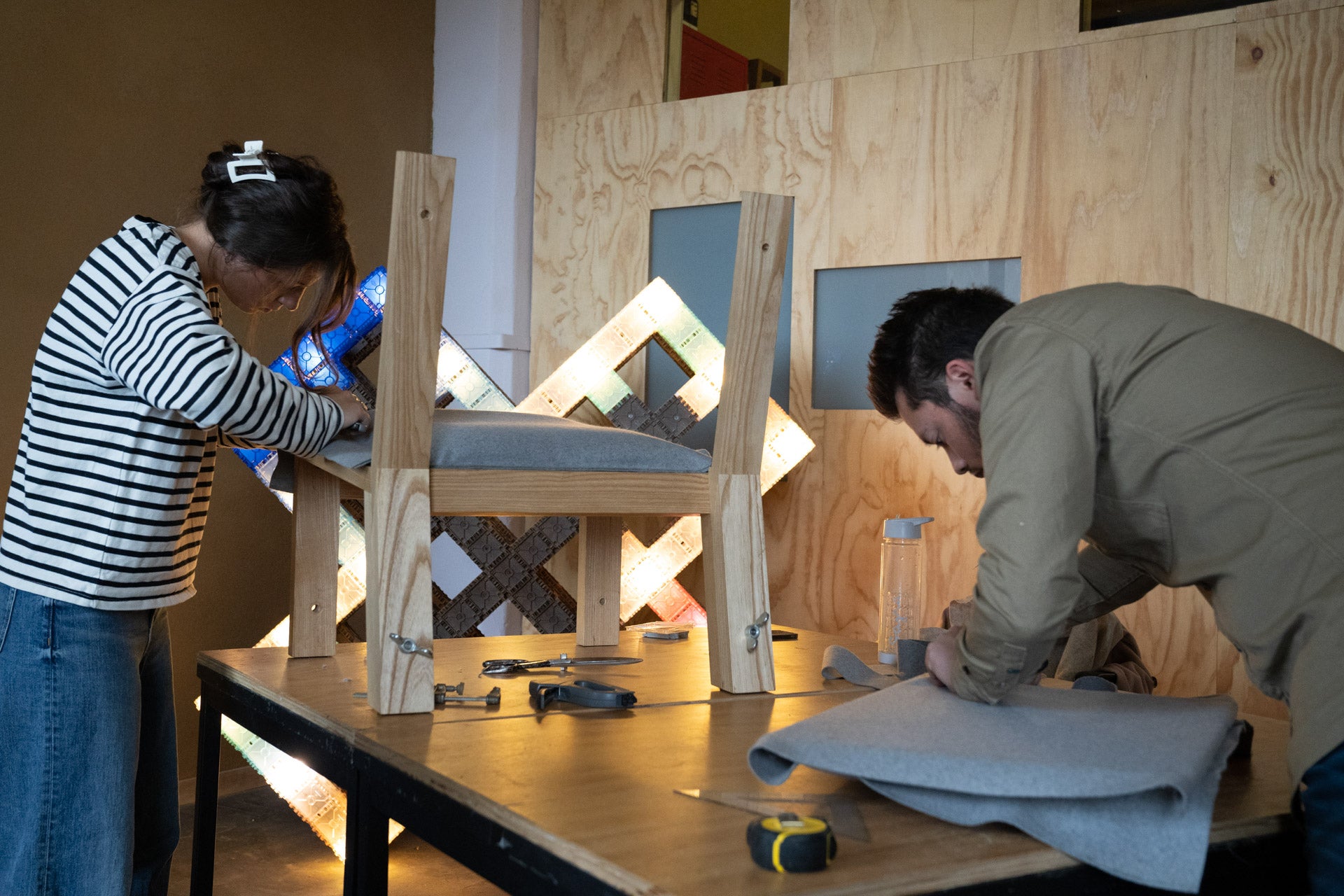
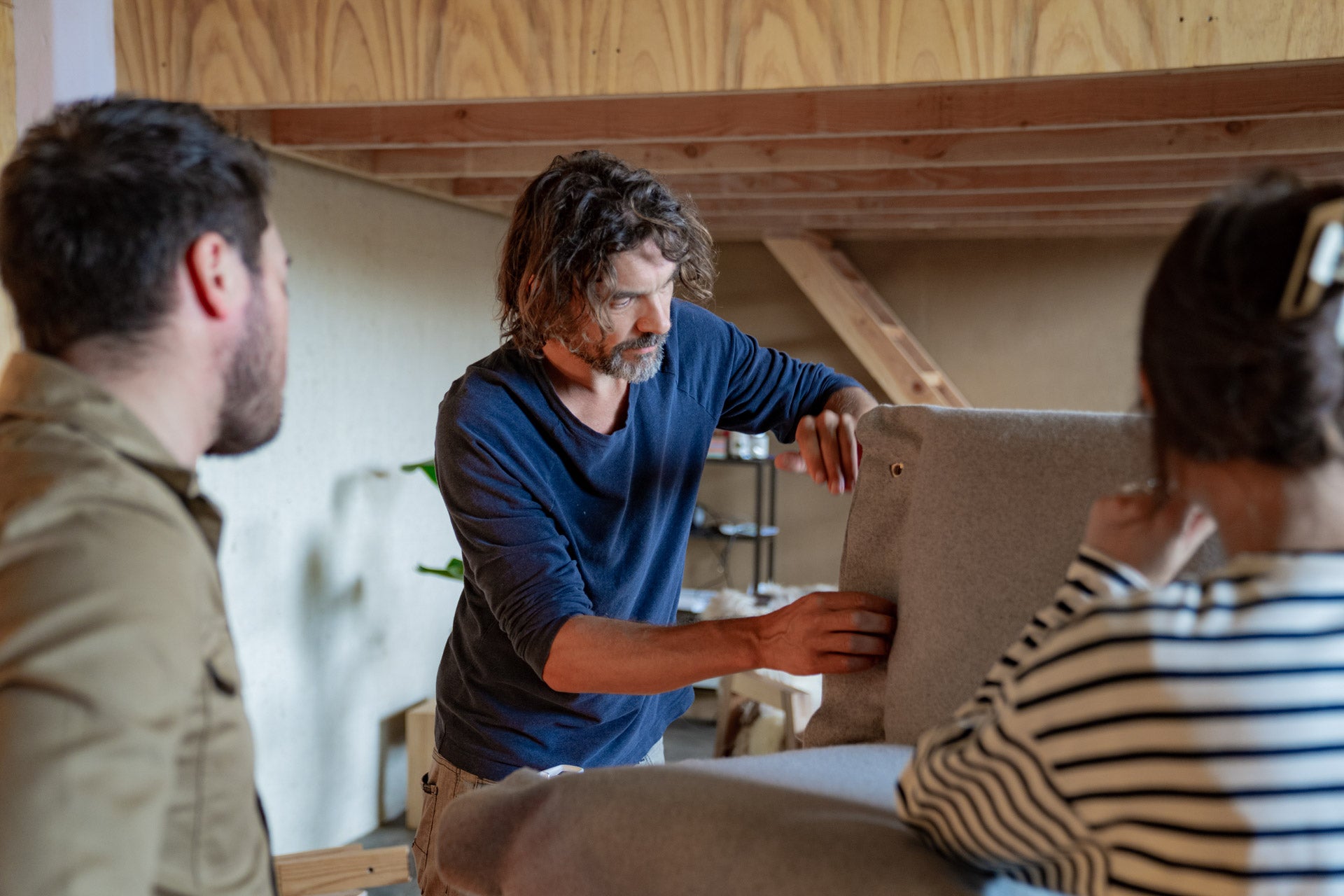
Where does that connection with sustainability come from, a theme that is so prominent in your designs?
Conscious behavior has always been a part of my life. For example early on in my childhood I made the choice to become a vegetarian. I also founded my own Nature Society together with my cousin where we, as a group of young biologists, would go into nature to watch birds, do research at night and catch and release all kinds of things, purely for study. That was a lot of fun.
What does nature mean to you?
For me it is important or almost necessary to spend time in nature on a regular basis. To put it this way, It is a place where I can be in reality. In essence, reality is everywhere but in order to be in that place and to work from there, I always need to be in nature, to reflect. Look, if you really want to make something beautiful, you also have to work from your heart, from you passion. You can think of something that might be beautiful but it is completely different from experiencing reality and I experience that more easily in nature and that is what captivates me.
Does that also explain your relationship with natural materials?
That's where it comes from, but while I was designing and experimenting, I also learned that it doesn't necessarily have to be a natural material to be sustainable. It's about how you handle the material. For example it is very important that when you choose a pure raw material that you keep it pure.
Can you give an example?
Suppose you were to create a technical cycle from a type of plastic, then you can reuse it almost indefinitely. Something that is no longer possible if you mix it with different plastics, then you make a kind of down grade, but if you keep it pure, it will work. Same goes for natural materials.
Circularity is a process that starts with design. In the case of furniture design, if you know that the raw materials will be used again, you choose to connect them in such a way that they can always be separated so they don’t get wasted.
In 2009 you chose to become certified as a Cradle-to-Cradle® designer and design consultant. What was the reason to embrace the Cradle-to-Cradle® design philosophy, to make it a part of the identity of Melle Koot?
Because I thought I was working sustainably, but when I started to delve into C2C® design philosophy, I saw my own limitations. The realization that I could make very big steps so easily. It became a kind of manual for me, a manual on how I could design even better and even work more sustainable at the same time.
Once you understand, it becomes easy but today's design is full of old ideas of how things should be. Just like my own belief that a design should always be clean and sharp. For example, if you always think that something needs to be glued, and you always keep thinking in terms of working with glue you will not get any further. But if you allow yourself to experiment with the option to click or to create a puzzle pieces, then the final image will look very different.
So, as a designer, I started to represent the C2C® philosophy by emphasizing the way of connecting. I started using the C2C® philosophy to speak my design language, so to say.
By embracing the C2C® design philosophy, have you had any challenges or are there limitations that you impose om yourself?
When I first started, yes. For example I would have liked to have a good epoxy but it just wasn’t there. I just had to let go of a material or a technique if I wanted to be true to the Cradle-to-Cradle® principles. To maintain it I've tried all sorts of things and looked for all kind of alternatives and couldn't find it. This took me a lot of time and eventually came up empty handed because I insisted on doing something the old way.
Trying to hold on to those old ideas was a stumbling block for me. It gives you certain limitations, but those limitations actually provide you with a lot of opportunities. The very techniques that you can use are actually so simple that I started imagining and using it as a of concept in itself. By letting go and embracing it and doing something fun with it, it changes from a limitation to an imagination of enthusiasm.
Take The Herbarium. The fabric is clamped instead of glued down so that the fabric can be easily replaced and remains intact so it can be reused. To accomplish that I designed a frame that clamps the fabric and at the same time functions as the seat of the chair, the wing nuts emphasize that technique.
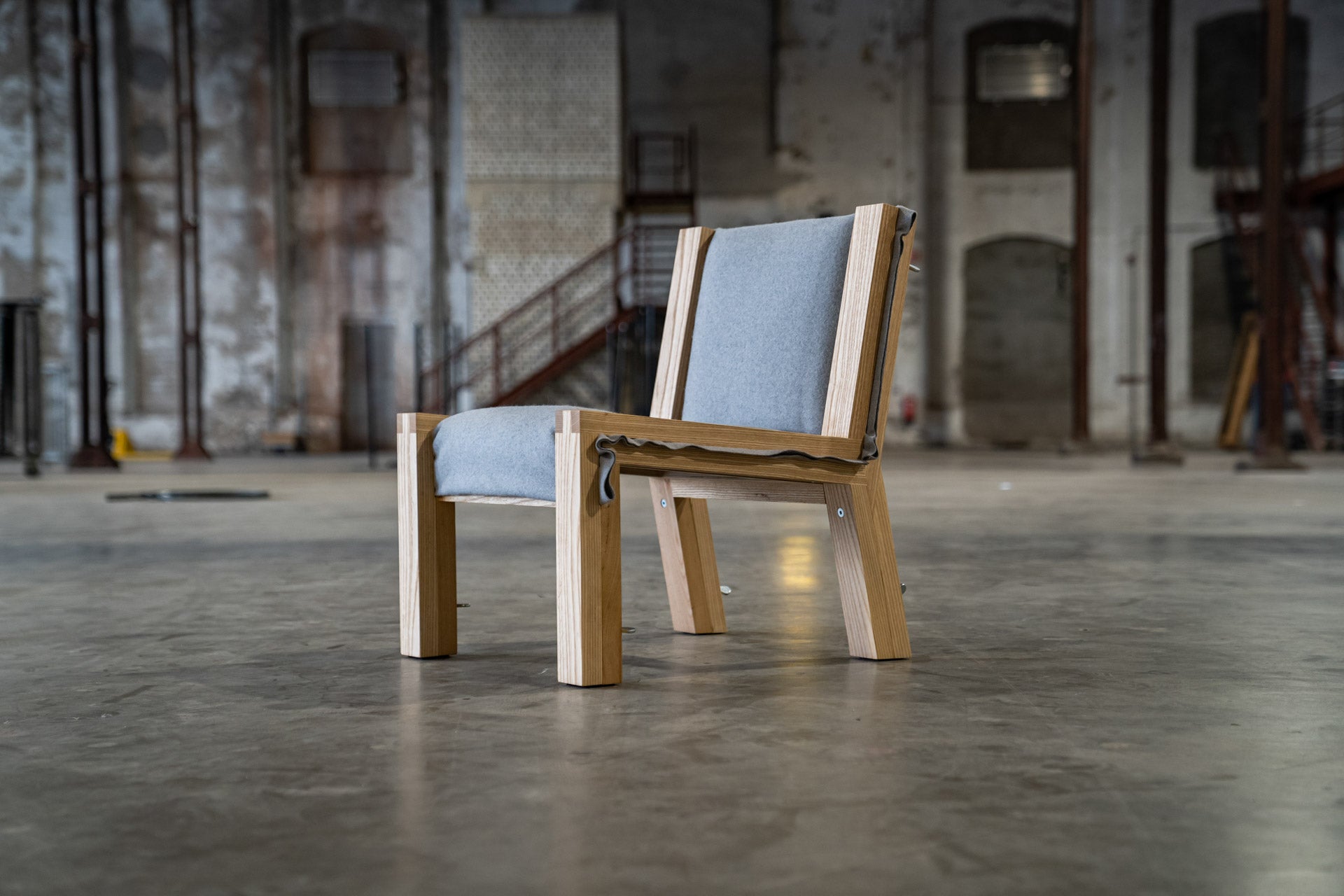
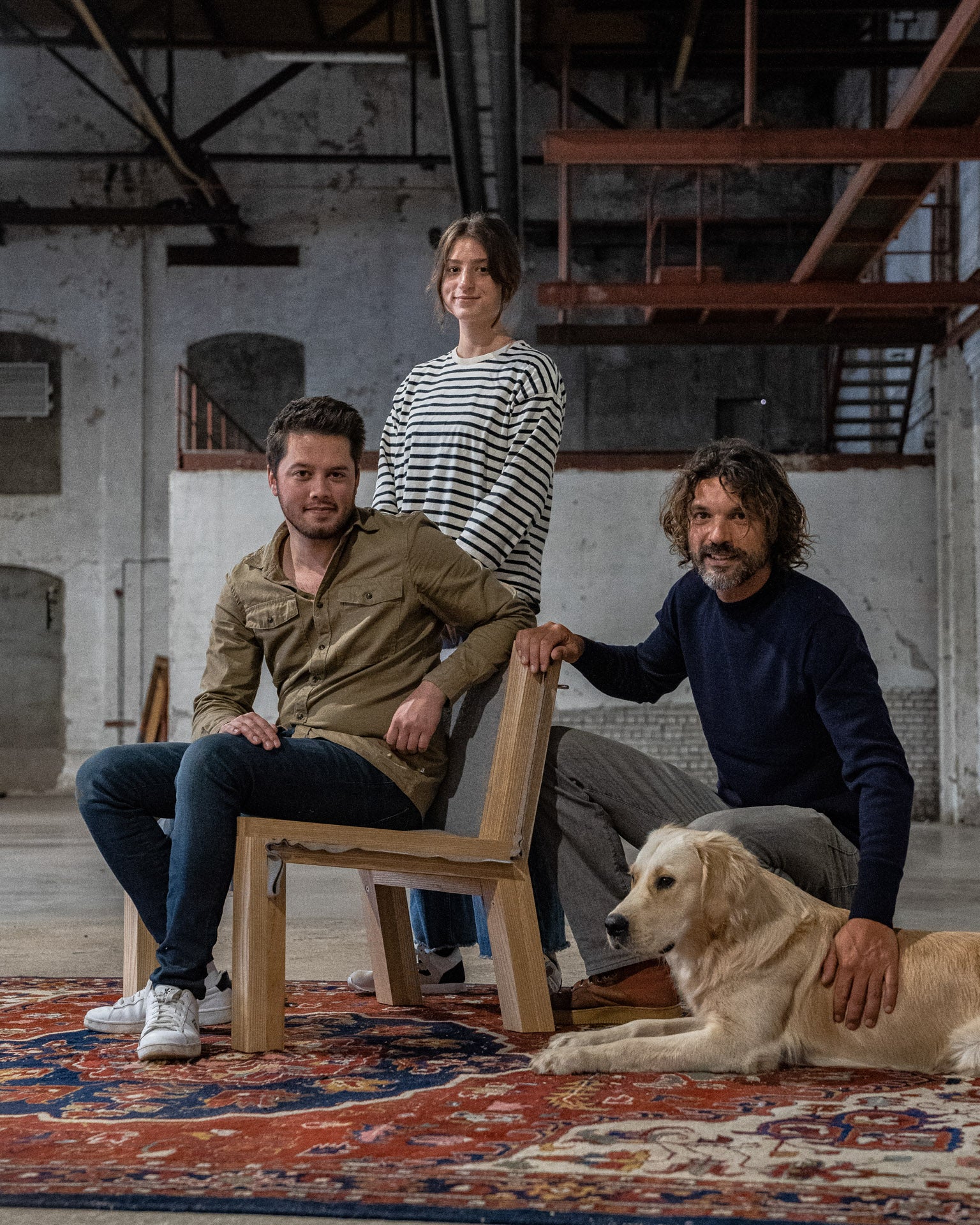
Can you describe, in a nutshell, what Cradle-to-Cradle® means for you as a design principle and for your designs?
It was a kind of Eureka moment for me. I started to see that as a designer you can have so much influence on the entire production chain. A realisation that we can heal this planet through design by simply starting with the selection of the right materials.
For my designs I find Cradle-to-Cradle® very interesting because It allows you to make something that creates more possibilities. What you make must ultimately be able to be reused in another product, without being harmful to its environment.
Are there other furniture designers that inspire you or that have concepts that speak to you?
I like the work of Dirk van der Kooij, he is a Dutch designer from Zaandam. He takes old refrigerator doors throws them in a shredder and then puts the material into a large 3d printer to create chairs. They are like strings of toothpaste on top of each other that he fuses together in his design. I really love that because it's so simple and because the story behind it is clearly visible.
What motivates you
That a design speaks, that it touches, that you stop to think about it. If that succeeds, that what happens to myself in nature, if it affects someone else in the same way, that is what motivates me. I hope that happens.
Do you have an ultimate goal?
As a designer I would like to work with labels that serve a similar market. I am curious to see what will happen if I can focus even more on designing. Now I also do the production and in a collaboration with a label that distraction would not be there. Less distraction, less noise, just designing. Doing just that seems like a lot of fun and it would also have more impact which is a welcome side effect.
For me personally the ultimate goal is to keep creating with great pleasure. That's what I do now and what I want to continue doing.
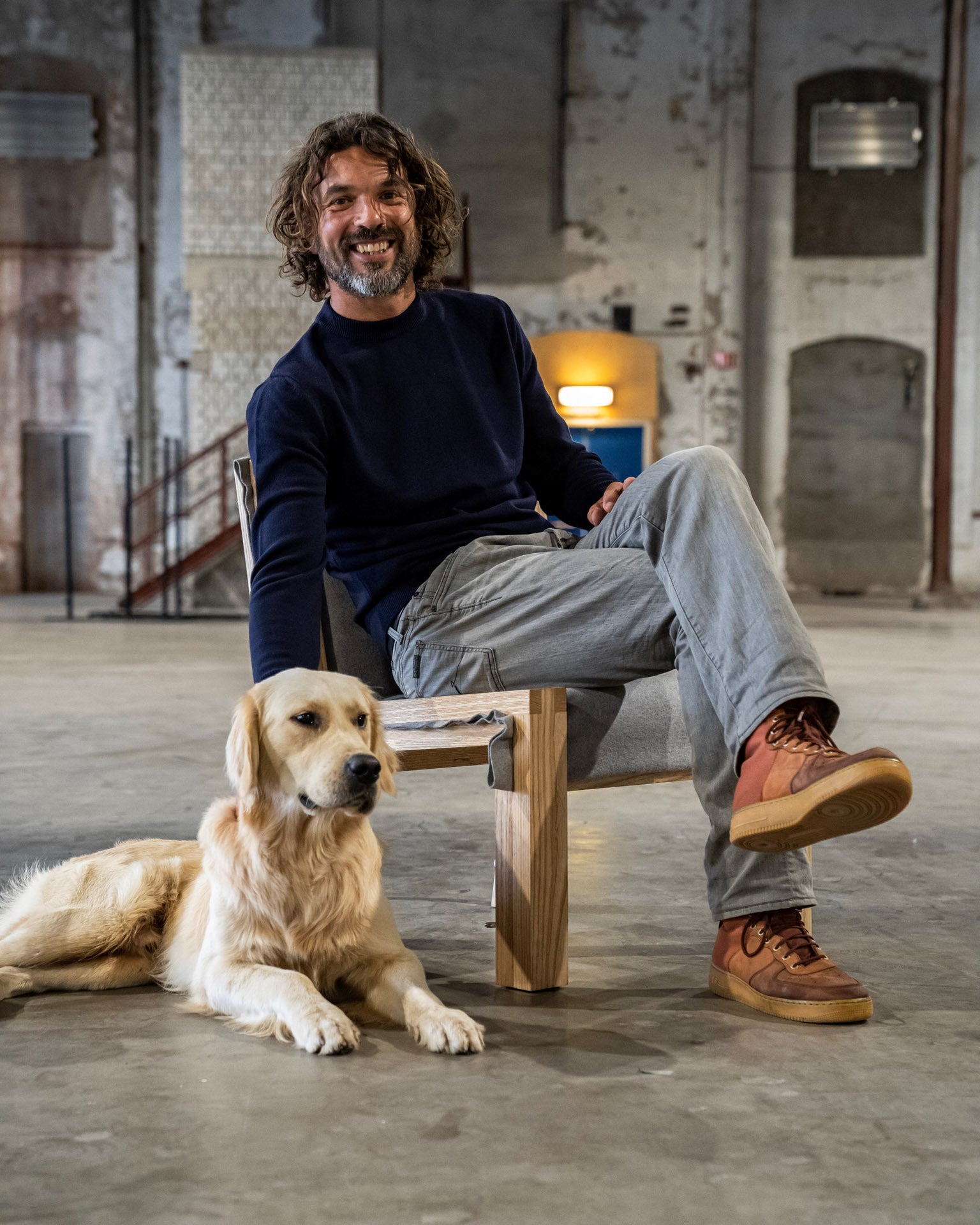
Keep on reading
Merino d'Arles: A Product of European Heritage and Artisanship
An circular design ambition led to the discovery of Merino d'Arles and has taken us down ancient pastoral trails in France and into the workshops...
Uncovering Merino d'Arles PT2 - Une Narration De La Source
This contemplative short film immerses viewers in the serene and reflective world of a shepherd living in the picturesque valleys of Parc Mercantour. Exploring themes...
Natural Narratives - A lookbook amidst the elements
Our maiden venture amidst the elemental beauty of Bergen aan Zee, a realm in the North-West of the Netherlands where the serenity of the beach,...
Uncovering Merino d'Arles - PT1
Merino d’Arles: A breed with a rich history that produces more for the region than the quality yarns for our upcoming products.
Introducing - The Awareness Collection
in 2022, For the first time in our existence, we partook in the barrage of Black Friday deals with a one-off collection, designed for every...
A Casual Glimpse - UNBORN's Inaugural Studio Session
Natural, unscripted moments - no frills, no pretence, just quality knitwear that stands the test of time.
Healing the planet through design - A conversation with Melle Koot
Meet Melle Koot, a Dutch furniture and interior designer, trained in the Cradle 2 Cradle® methodology. His designs are inspired by stories and values and...
UNBORN: The Road to Circularity
Revisit our origin story, a testament to our commitment to creating responsible, long-lasting clothing. A journey from the heart of nature to the heart of sustainable...
